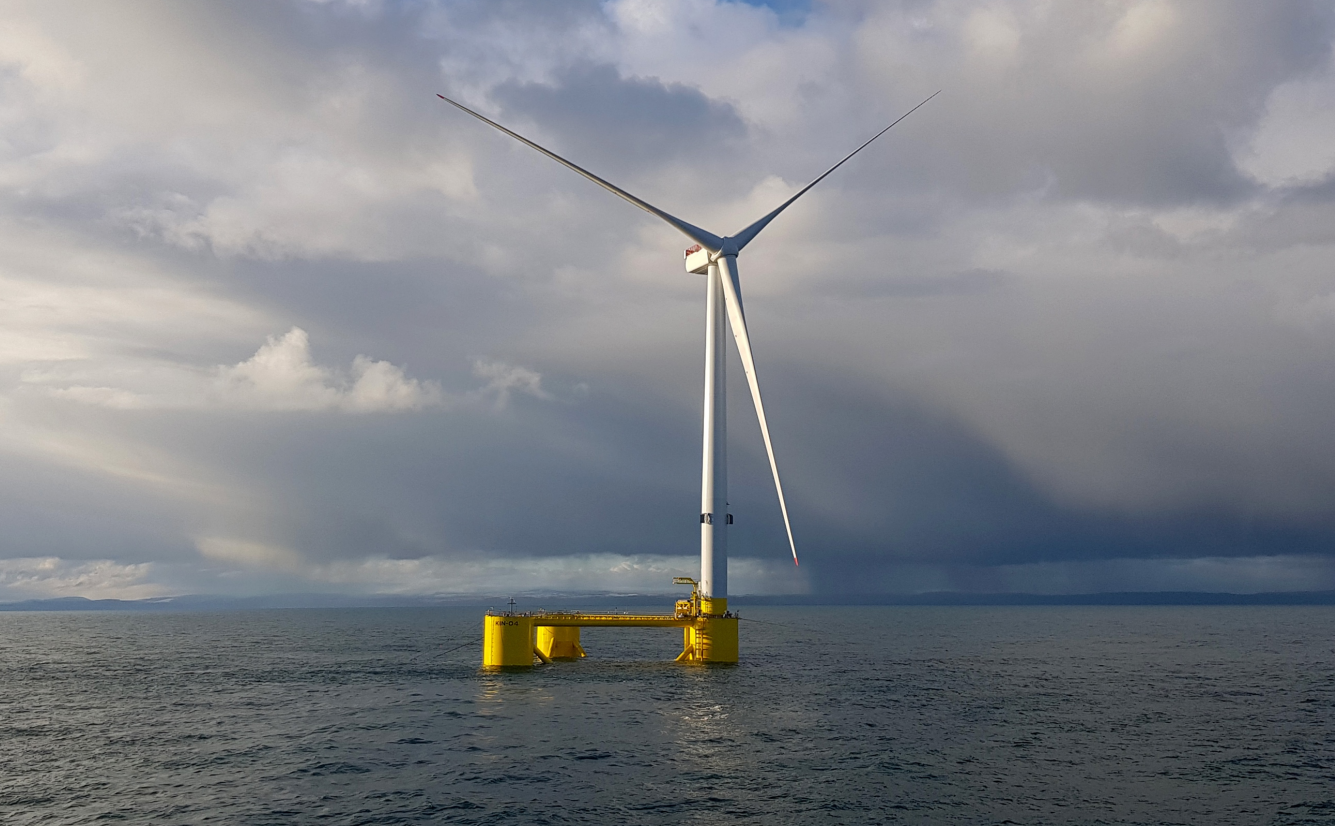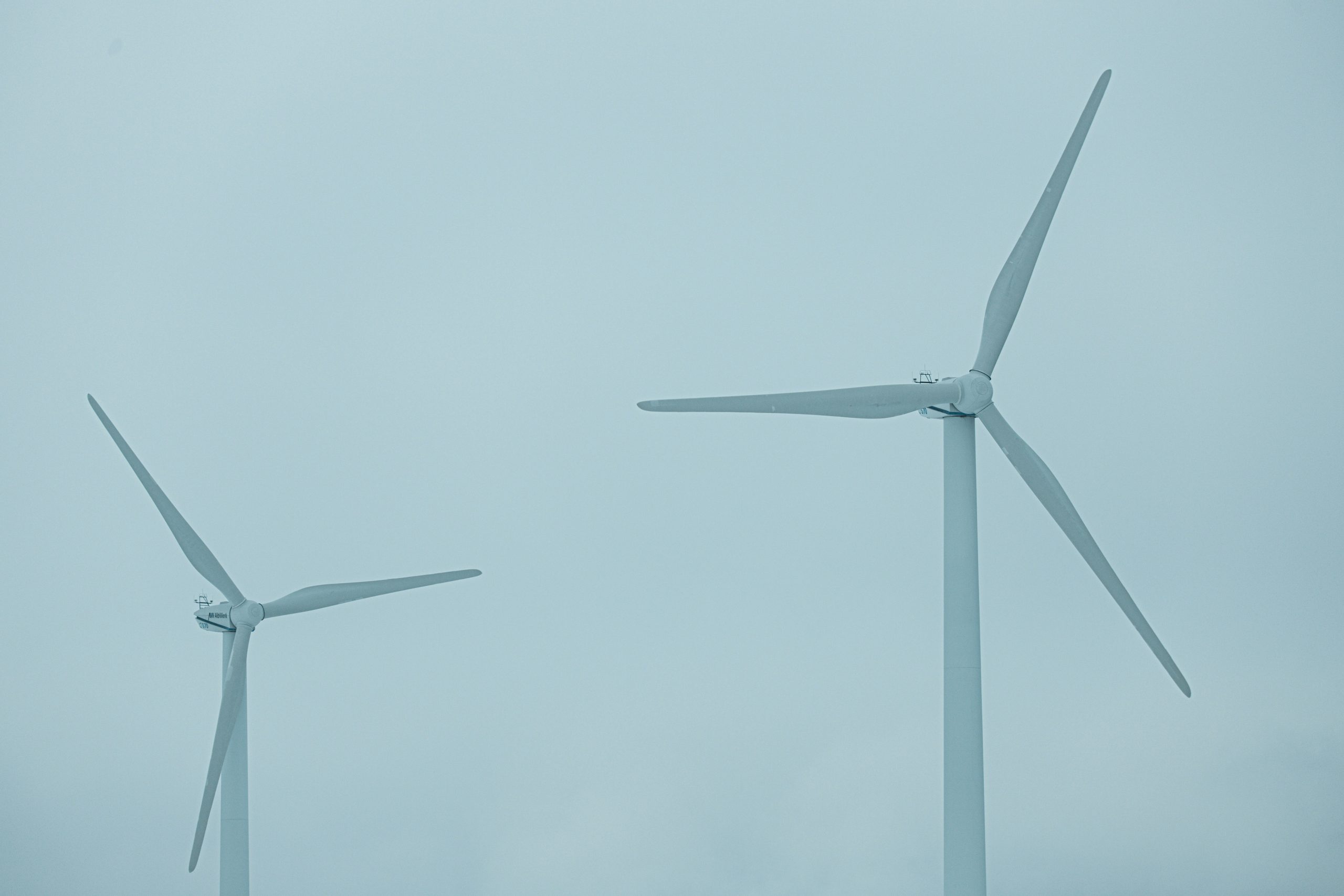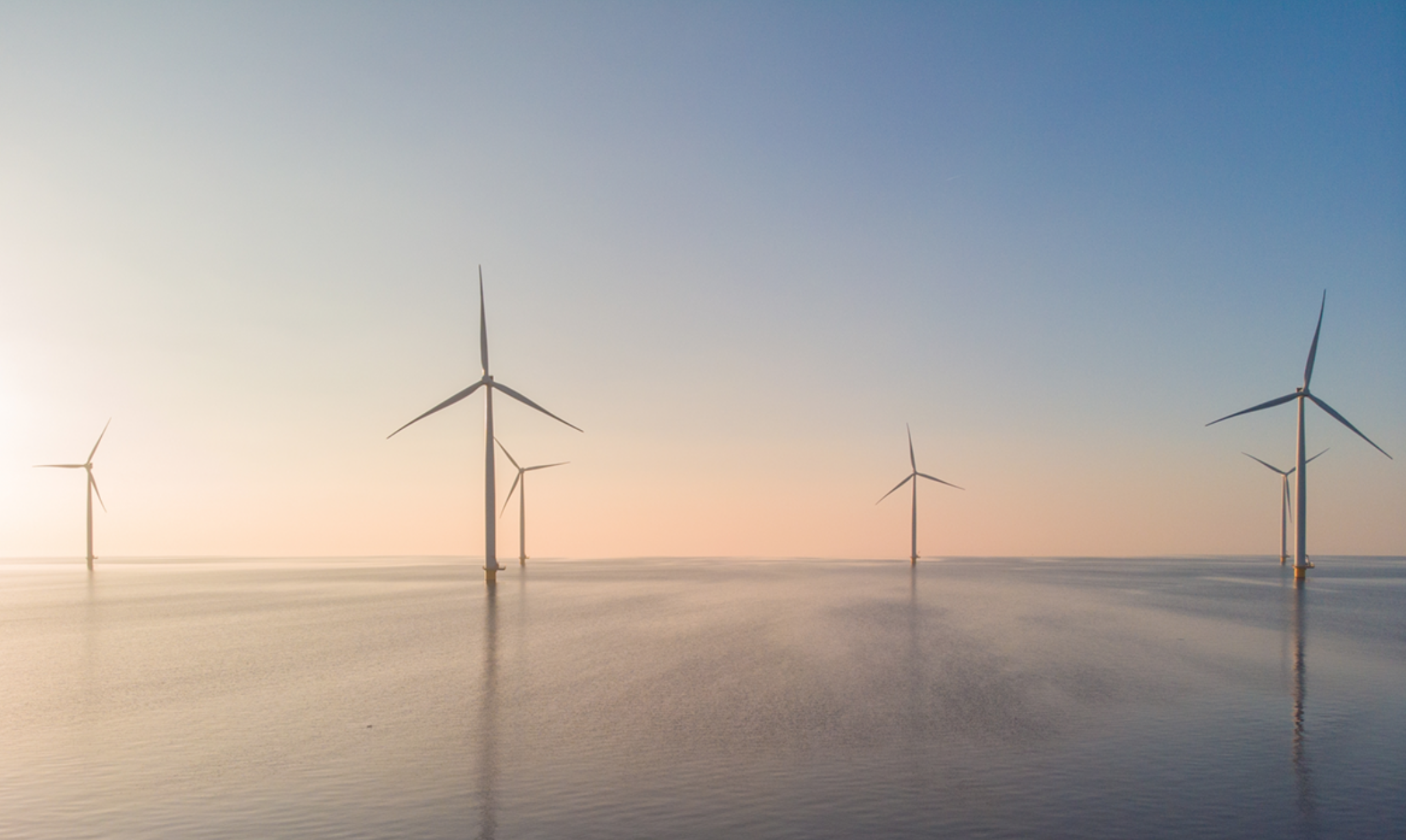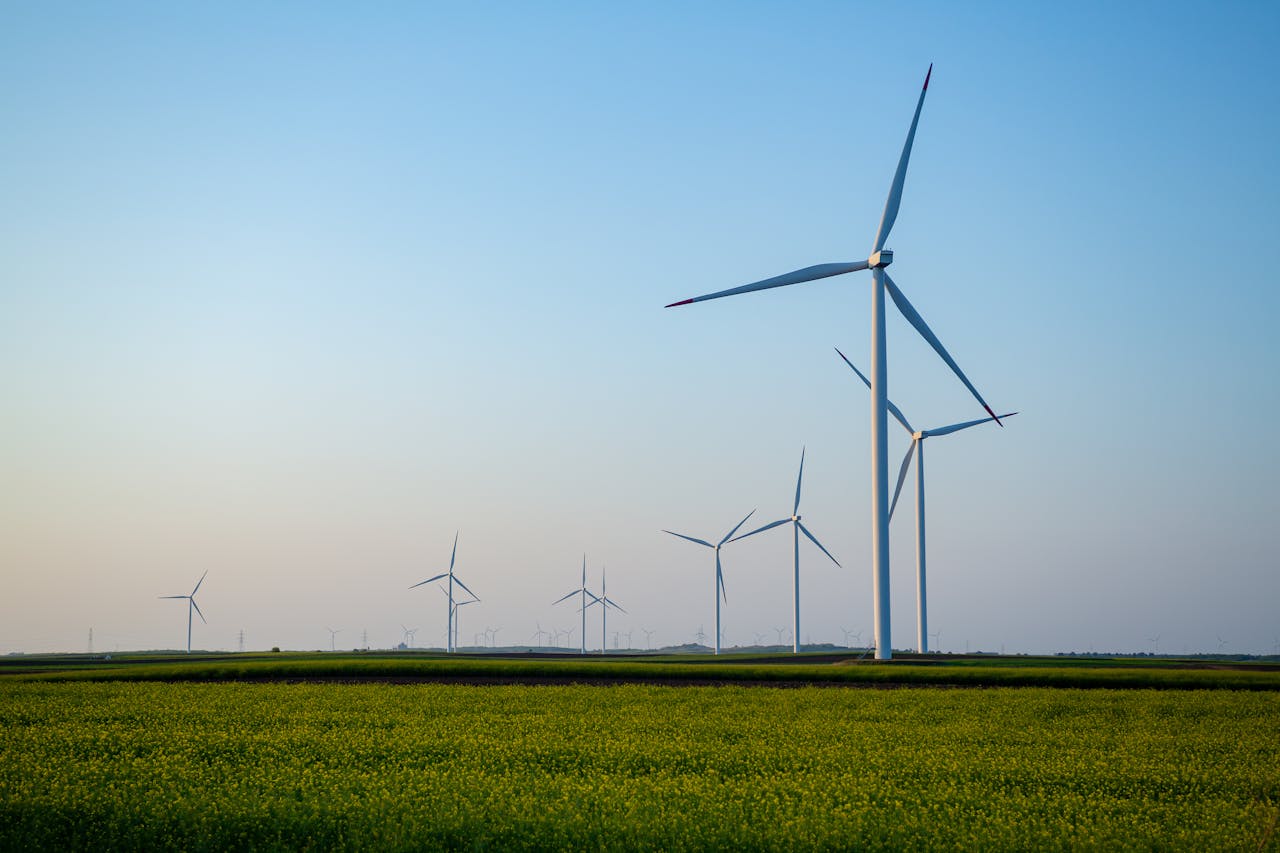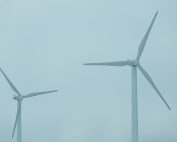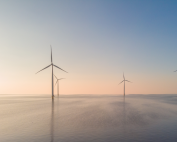Floating wind farms (so called “floating wind”) are one of the main directions of development of this sector. Also in the case of the Baltic Sea, investors more and more often indicate the potential lying in this technology, especially in places where due to the bottom characteristics and depth level the application of floating farms will be cheaper.
The forecast of growth of installed capacity of offshore wind energy in Poland until 2040 is 10-12GW, including 6-8 GW until 2030. Taking into account accelerated growth of CO2 emission allowance prices, one should assume a larger area for development of offshore wind farms than what is currently presented in the Polish Energy Policy, PEP2040. The market for packages included in the cost of an offshore wind farm is currently in a period of development. There is still room for further cost reductions, efficiency improvements, and supply chain scalability. This is an opportunity for new players to enter. The Pomeranian Offshore Cluster (under the name Pomeranian Platform for the Development of Offshore Wind Energy in the Baltic Sea) started last year to identify the potential of the region. Together with key R&D centers, the supply chain was analyzed and priority areas were identified. It was found that the greatest potential gathered in Pomerania is directed at turbine technologies, foundations, installations, as well as maintenance and operation.
Searching for opportunities for Polish technologies is a task equal in the hierarchy of public policy objectives to decarbonization. Technological development, competitive advantages, and availability of knowledge will be crucial for the entry into a new market. Developing offshore wind farms throughout the Baltic Sea is a long-term endeavor. The Pomeranian innovation ecosystem has ambitions to be a leader in “greening energy”, including industrial transformation with wind farms in the Baltic Sea. Although the challenge is enormous, 2021 brought interesting project developments in the Pomeranian region.
Pomeranian Offshore Cluster initiated together with Maritime Advanced Research Centre (CTO S.A.), in cooperation with Pomeranian (but also Silesian) companies from the supply chain, a project in the segment of floating foundations of high-power offshore wind turbines. European countries, especially those with large bodies of water >60m deep, are particularly developing this segment (France, UK, Norway) not only from the point of view of lowering the cost of energy from offshore wind turbines, but also because of the important national component in the construction of such farms. “The foundations of offshore wind farms specifically affect the supply chain – use of materials, prefabrication, assembly, installation, cooperation with turbine manufacturers. Innovations in foundations can significantly change the demand for local services. This is definitely a positive direction for the development of Polish technological thought.” – believes Maciej Mierzwiński from CEE Energy Group, at the same time the Leader of the Industry Group operating at the cluster. Opportunities in the development of this direction are also seen by the National Centre of Research and Development (NCBR), which focused on floating wind farm projects when announcing the first competition for funding new technologies in renewable energy. “Although it was quite a surprise on the market – after all, we don’t even have any Polish fixed-bottom foundation yet – I consider it a good move on the part of NCBR. Betting on a future – perhaps a near future – based on a domestic supply chain is a developmental direction. Especially that we have R&D centers in Poland, which have been working on related technologies for decades.” – adds Maciej Mierzwiński.
The BALTIC FLOAT project, for which the scientific and industrial consortium has applied to NCBR for co-financing, aims at developing a project of a floating foundation capable of safely supporting an offshore wind turbine of at least 10MW.
The tasks of the scientific unit in the BALTIC FLOAT project are fulfilled by CTO S.A. from Gdańsk. For over 50 years CTO has been conducting application research whose results are used in designing ships and ocean engineering equipment. The research includes analytical and computational studies as well as experimental model tests which, in the case of offshore wind turbine structures, are carried out in the Offshore Laboratory. In the Laboratory, environmental conditions are recreated on a smaller scale: waves and wind accompanying the operation of e.g. a floating offshore wind turbine.
The aim of the BALTIC FLOAT project is the construction of a floating wind turbine with a capacity of at least 10 MW. An important achievement of the project will be an original, floating turbine foundation with an anchoring system, adapted to the specific operating conditions that prevail in the Baltic Sea – including relatively short waves and low salinity of the water, which is conducive to undesirable icing of the structure.
As Leszek Wilczyński, CTO’s R&D Director, points out, the Consortium applying for project co-financing presents more objectives. Among them is the development, implementation, and verification of a novel design-calculation tool, which will find application in engineering practice, enabling more effective design of floating foundations for wind turbines of different power and type. The tool will be a combination of a virtual model pool and a parameterized design algorithm. Among the results of the project is also a model for efficient estimation of supply chain costs for batch production of a support structure, turbine installation without the use of cranes with a special focus on the domestic supply chain.
The applied approach to the design of the floating foundation of the wind turbine will take into account its multifunctionality – e.g. the possibility of installing additional wind energy conversion devices.
The result of the project will also be guidelines for the construction of floating offshore wind turbines for cabling and grid connection (e.g. sub-sea substations embedded on the seabed), which will be applied in the construction of the Baltic grid system. The end result of the project will be a demonstrator of the first floating wind turbine in the Baltic Sea on an original support structure.
The development of tools and products in the floating wind farm supply chain represents a great opportunity to capture foreign markets. Current forecasts indicate an international market scale of 200-250 GW by 2050, which translates into EUR 400-500 billion in investments. When analyzing market demand for floating wind farms, one must take into account increasingly published estimates indicating that the cost of energy produced by them will be lower than in the case of their counterparts built on fixed foundations.
Among the successes of members of the Pomeranian cluster, one should also mention two projects by the engineering company Navart, which received a grant to develop a jacket structure design for a transformer station on the Baltic Sea. “The project envisages the creation of an optimization model of the structure, while maximizing the use of the potential of Polish companies – both from the areas related to steel production and Pomeranian ones, where such huge structures will be assembled.” – states Bartosz Gdaniec, CEO of Navart.
The coordinator of the Pomeranian Offshore Cluster, Karolina Lipińska from the Office of the Marshal of Pomorskie Region, believes that it is a good beginning for a road full of challenges – “We are very happy with the first successes of the cluster and the fact that an intensive dialogue between the market stakeholders is underway. Our goal is to make Pomerania, and consequently our whole country, an important element of the European supply chain for offshore wind farm technologies”.
